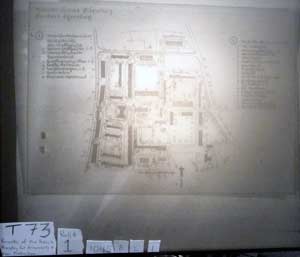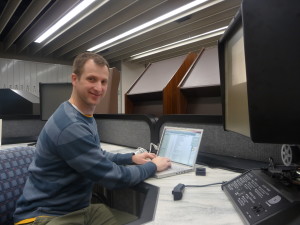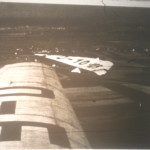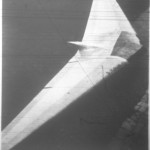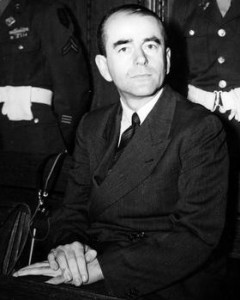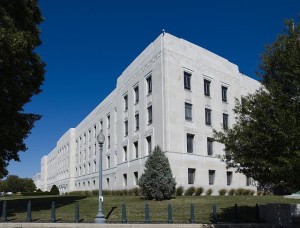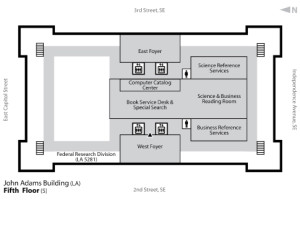I went back to the Archives last week, for another go at finding documents. I left home at 7am and got there at 9am, this time. I was able to look through 9 rolls of film and get 300 pictures of documents (with some duplication and multiple pictures for some large documents). I had packed a nice lunch and snacks this time, but was called by my wife as I boarded the bus that morning, and she told me I forgot my food! Well, I knew where to get cash, and when to get food, so I was just fine. A big bowl of fruit and yogurt when I got there because the two hour ride made me hungry. And then two $1 hamburgers for lunch! I got to scan and study until 6pm when my family picked me up as we were staying at family in MD.
Anyhow, on to the history part… So I devised an awesome way to track the record, roll, and frame numbers while taking pictures. Again the documents were too large to capture the frame number and all of the document. Before getting to that, though, I checked just about every microfilm scanner in the room to see how well it displayed the images. It turns out that the one I used last time is the best.
So I got all set up, looked through notes and started to build a better spreadsheet to track notes with. I had just put in all of the roll numbers I would need when tragedy struck. I did an undo in my Zotero note, and it wiped out all of my note with the frame numbers I would need! I was in shock! I sat there dumbfounded for a bit, and almost swore at the Zotero programmers who didn’t for see my need for a redo button, but since I know them pretty well, I decided not to be angry. They’re good kids. After the shock wore off, I looked through the indexes at the roll numbers and found which frames I would need, and a few extra. So then I got to work.
At first I put the box that the roll of microfilm came in on top of the scanner. That got the record and roll numbers in the shot, but it still required two pictures to get the frame number and all of the document. Then I tore up a note card and wrote the info on small pieces and put that on the screen. The papers soon got in the way, so I hit upon the best idea. I hung the papers from the screen, at the bottom, and could now get all of the document and all of the necessary info! Once I found a set of documents, I became quite adept at taking a picture, scrolling to the next document and putting up the next sequential number. I could take about 15 pictures in a minute or so. It was ingenious! I didn’t get to look at all of the frames that I wanted to, but I think I have enough.

So now on to the historiography. I have some documents, I have some books and articles, it’s time to find out what exactly I’m writing about and what other historians have said about it already. Seems easy enough. So what is it exactly I want to write about? That’s actually a difficult question. I never really found any books or articles on how the Nazi leaders came to want to bury the factories, or even the process of it. Fortunately, I did find a few documents at the Archive that reference it. So what is it that I can do? What I have decided that I will actually be able to do, is to look at two Nazi officials and how they came to the decision to bury the factories. I’ll look at Albert Speer (Head of the Reich Ministry for Armaments and War Planning) and Heinrich Himmler (Head of the Nazi Schutzstaffel – SS). Both of these individuals jockeyed for the right to control how, where, and when to build the tunnels.
Now it’s time to build a framework of books and articles around that topic. As I looked over the literature I had already selected, I was dismayed to see that most of them aren’t going to work. They are great for later, when I look at the economics of the Third Reich and other aspects I’ll need to cover in the dissertation, but not for this paper. So it was back to the grindstone of finding articles and books. I have several on Albert Speer, none on Himmler. The books on Himmler focus on his role in the Holocaust, which is not particularly what I need for this assignment. Many of the documents from the Archive are from Himmler’s records, so I should be able to piece enough together from that. So here’s what I have to read and write a historiography about this weekend:
- Willi A Boelcke, Deutschlands Rüstung Im Zweiten Weltkreig (Frankfurt am Main: Akademische Verlagsgesellschaft Athenaion, 1969).
- Joachim C Fest, Speer: The Final Verdict, 1st ed. (New York: Harcourt, 2001).
- Hans Gerth, “The Nazi Party: Its Leadership and Composition,” The American Journal of Sociology 45, no. 4 (January 1940): 517-541.
- G Graber, History of the SS (New York: D. McKay, 1978).
- A. C Grayling, Among the Dead Cities: The History and Moral Legacy of the WWII Bombing of Civilians in Germany and Japan, 1st ed. (New York: Walker & Co, 2006).
- Neil Gregor, Daimler-Benz in the Third Reich (New Haven, CT: Yale University Press, 1998).
- Peter Hayes, Industry and Ideology: IG Farben in the Nazi Era (Cambridge [Cambridgeshire]: Cambridge University Press, 1987).
- Jeffrey Herf, Reactionary Modernism: Technology, Culture, and Politics in Weimar and the Third Reich (Cambridge [Cambridgeshire]: Cambridge University Press, 1984).
- John H. Herz, “German Administration Under the Nazi Regime,” The American Political Science Review 40, no. 4 (August 1946): 682-702.
- Paul Jaskot, The architecture of oppression : the SS, forced labor and the Nazi monumental building economy (London; New York: Routledge, 2000).
- Nicholas Kaldor, “The German War Economy,” The Review of Economic Studies 13, no. 1 (1945): 33-52.
- Gerald Kirwin, “Waiting for Retaliation – A Study in Nazi Propaganda Behaviour and German Civilian Morale,” Journal of Contemporary History 16, no. 3 (July 1981): 565-583.
- Robert Koehl, The SS : a history, 1919-45 (Stroud: Tempus, 2000).
- Arnold Krammer, “Fueling the Third Reich,” Technology and Culture 19, no. 3 (July 1978): 394-422.
- R. J. Overy, “Transportation and Rearmament in the Third Reich,” The Historical Journal 16, no. 2 (June 1973): 389-409.
- R. J. Overy, “Hitler and Air Strategy,” Journal of Contemporary History 15, no. 3 (July 1980): 405-421.
- R. J. Overy, “Mobilization for Total War in Germany 1939-1941,” The English Historical Review 103, no. 408 (July 1988): 613-639.
- Bertrand Perz, Projekt Quarz: Steyr-Daimler-Puch Und Das Konzentrationslager Melk, Industrie, Zwangsarbeit und Konzentrationslager in O?sterreich (Wien: Verlag für Gesellschaftskritik, 1991).
- Science in the Third Reich, German historical perspectives 12 (Oxford: Berg, 2001).
- E. R Zilbert, Albert Speer and the Nazi Ministry of Arms: Economic Institutions and Industrial Production in the German War Economy (Rutherford, [N.J.]: Fairleigh Dickenson University Press, 1981).

